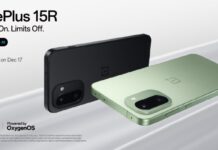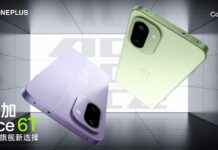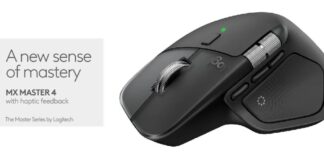OnePlus recently confirmed that its first-ever foldable phone will be called the OnePlus Open. This device may debut in the third quarter of this year, according to the brand earlier this year. According to a recent report, it could also be delayed for a ‘good reason’. Leaked renders and specifications of the OnePlus Open surfaced in June. Onleaks (aka Steve Hemmerstoffer), another highly reliable tipster, has shared updated renders of the foldable phone.
Design:
The updated renders of the OnePlus Open are based on pre-production unit images, according to Onleaks. Thus, they provide the best and most comprehensive overview of the upcoming product. In addition, the updated renders differ from the previously leaked CAD-based renders.

According to the new images, the OnePlus Open looks more compact than the previously leaked render, which had a taller form factor. As a result, its aspect ratio has been widened to resemble that of the OPPO Find N2 or even the Google Pixel Fold. It also looks tiny, almost the size of a wallet. All sides of it are curved.
Compared to the early renders, the circular camera module on the back panel also becomes larger. The device is equipped with two sensors, a periscope lens, an ‘H’ branding confirming the presence of Hasselblad, and another sensor that may be a Time-of-Flight or LiDAR sensor. There is no change in the position of the LED flash unit on the back panel, although its size has increased. Also, the foldable phone’s back panel is textured with faux leather.
Both the interior and exterior displays of the OnePlus Open have thin bezels. On the main display, the punch-hole is located in the center, while on the interior screen, it is located in the top right corner.
OnePlus Open’s new renders are characterized by its boxy form factor. On the right edge, there are two rocker buttons, the first of which probably doubles as a fingerprint reader. The left side of the device also features the brand’s iconic Alert Slider. There will be four speakers on the foldable phone, located at the top and bottom of the device. At the bottom of the device is a USB-C port.









